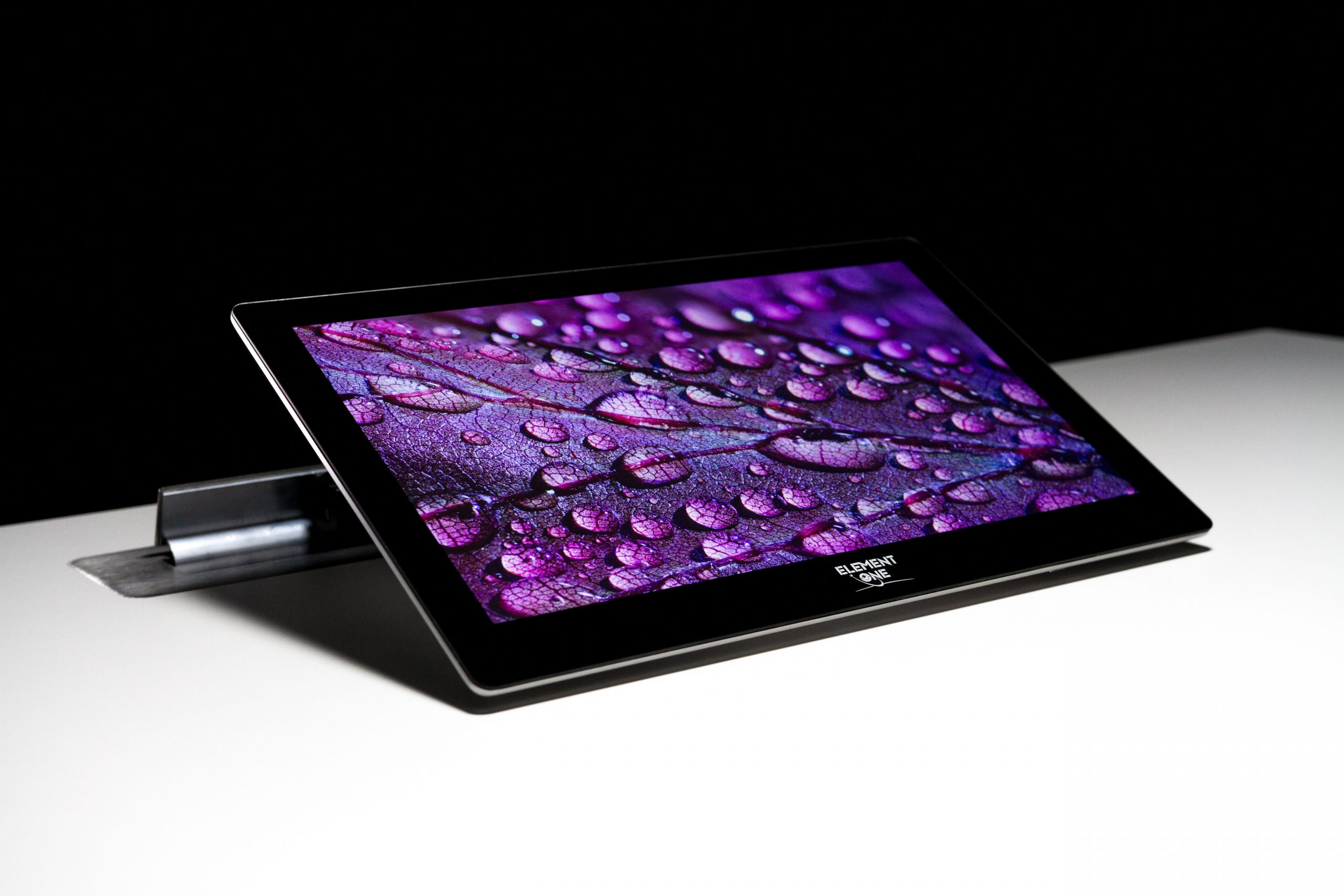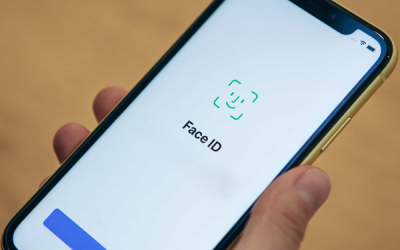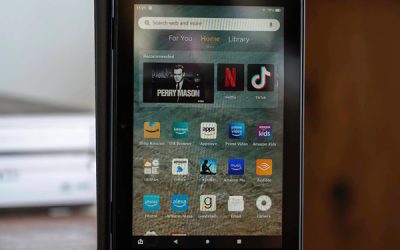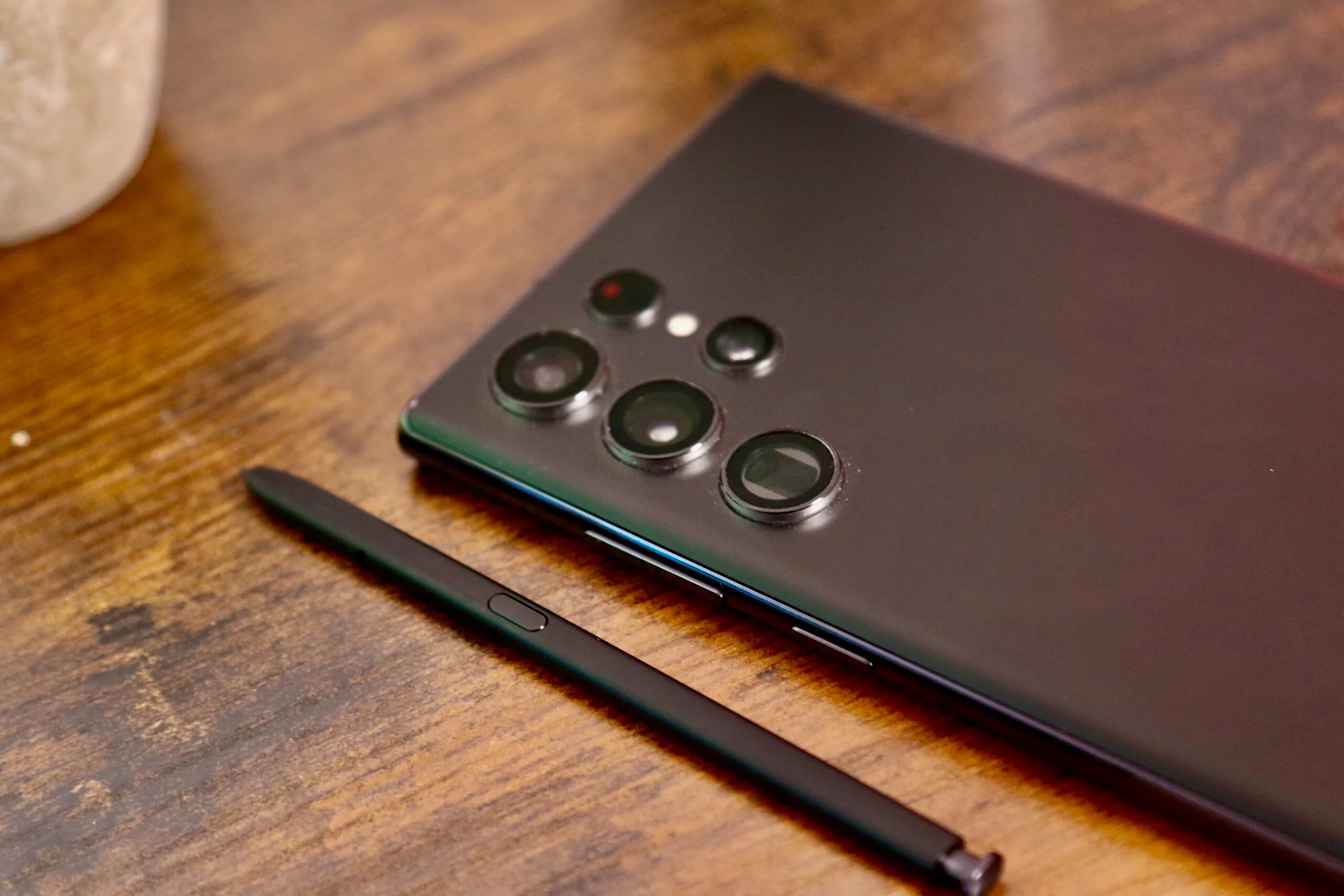What are the IP standards
Previously, the mobile phone was vulnerable to liquid and moisture. “IP” stands for “International Protection”. There is a special scale for certification of electrical appliances. Multiple checks and tests set the parameters of a particular device. Take, for example, IP67 waterproofing.
The first digit here indicates the degree of protection against dust. The maximum indicator is six, which means that the smartphone is protected from the smallest particles of dust, debris and grains of sand. That is, you can safely use it on the beach or a dusty construction site without fear of consequences. And do not worry that a solid particle will get into its speaker during transportation.
Of course, there is equipment with a low dust protection value. For example, IP1X protects only from dust particles with a diameter of more than 5 cm. IP2X “filters” pollution from 12 mm. IP3X gadgets are resistant to debris over 2.5 mm, and IP4X – 1 mm, respectively. As for phones and other devices with IP5X, they are not afraid of dust, but even here there is no guarantee of complete safety. The maximum protection is only for devices that comply with the IP6X standard, which are not afraid of any mote.
The second digit in the IP standard indicates how well the device is insulated from moisture and dampness. In this case, there are 8 stages, each of which has its own protection conditions and specifications.
ІРх1 – minimum barrier against drops falling vertically.
ІРх2 – protection against moisture falling at an angle of up to 15 degrees.
ІРх3 – impact on the phone case at an angle of up to 60 degrees.
ІРх4 – protects from water falling on the device from any direction. In this case, you can no longer be afraid to get caught in a downpour.
ІРх5 – a standard that provides protection against a water jet falling on the device at any angle.
ІРх6 – resistance to dynamic impact of water. For example, from river or sea waves.
IPx7 – such a device does not let water through when diving and staying at a depth for some time.
ІРх8 – a smartphone, watch and other gadgets can stay under water at a specific depth for as long as you like.
IP67 is the second highest quality (among all existing) level of protection against moisture and dust, which allows immersion in water to a depth of 1 meter. The gadget can stay like this for no more than 30 minutes! That is, with it you can safely dive and take beautiful photos. Not to mention use in the shower.
The IP67 standard also means complete protection against dust. For example, fast cycling off-road will not damage the smartphone.
IP68 – maximum dust protection and excellent water resistance! Such a “smart” can be dipped under water and swim with it for more than half an hour without fear that some malfunctions will begin in the operation of the device. However, the exact specification should be checked with the manufacturer. First of all, to what depth a particular device can dive and how long it can stay there. For one model, the allowable depth is up to 2 meters, while for the other it is all 6 meters. In this case, both devices will comply with IP68 standards.
It is also important to remember that immersion resistance is one thing, but water jet resistance is another. An IP68-rated device, although it can be submerged up to several meters deep, does not always withstand strong water jets.
If we compare IP67 and IP68, the difference between the standards is insignificant. The differences are only in the time spent under water, as well as the depth to which it is permissible to lower the gadget. Actually, this has already been discussed in detail above.
Another difference is the price. Since IP68 water and dust protection is the most modern technology, electronics with its presence are more expensive. In turn, IP67 phones can be obtained for less.
Also, if you are not a fan of multimedia and do not plan to take pictures underwater, then there will be no difference between the standards for you. IP67 devices are perfectly protected from sweat, spilled soda and rain.
If you are a diver, like to take selfies while being in the water for two hours, or just want to use all the latest, choose a gadget with IP68 protection.




